Clean drinking water is essential to life, and chances are that at some point, you will need to know how to purify water. This could be on a camping trip or in an emergency situation, such as a hurricane, where access to clean water is suddenly limited. Although tap water is almost always considered safe to drink in the United States, where it is thoroughly filtered and chemically treated, there are many countries in the world where this is not the case.
If you are traveling abroad and do not have access to bottled or clean tap water, you may need to know how to purify water, not only for drinking or cooking but possibly for other things, such as bathing. According to the US Geological Survey, water is considered safe to drink if it has “sufficiently low concentrations of harmful contaminants to avoid sickening people who use it.” Some of these contaminants include microbes, such as bacteria and harmful microorganisms; pesticides; and chemicals that could be toxic or harmful above certain doses.
Purifying water involves killing or physically removing these harmful substances, in order to ensure water safety.
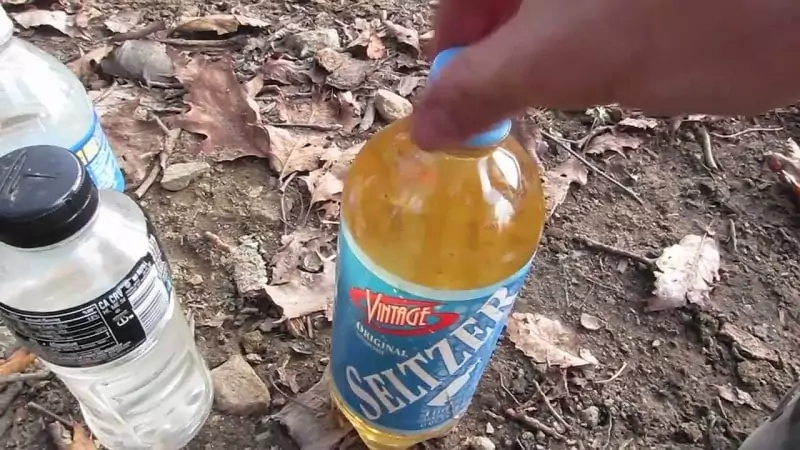
In this article, discover how to make water cleaner – and safer – to use. Some of the different ways you can employ to purify water include filtering it using a filtration system; sanitizing it with UV light; and using chemical treatments, such as chlorine or chlorine dioxide tablets. In many cases, it may be advisable to combine methods, depending on the specific circumstances.
If you’re outside camping, for example, and need to drink water from a stream, you will need to thoroughly filter and treat the water. This could involve a two-step process, of filtration followed by some additional purification method, such as the addition of chlorine tablets, or boiling.
You may, on the other hand, simply want to purify water that is already considered safe, such as tap water, but could still contain trace amounts of a harmful substance, such as lead from pipes in an old house.
Using A Filtration System to Purify Water
One of the most common ways of purifying water is to use a filtration system. Any clean water must have undergone, sooner or later, some sort of a filtration process. Filtration systems can be portable or non-portable, and they range from simple devices to complicated systems.
To purify water using filtration, you need to run it through a machine or device, which physically strains out particles and sediment, as well as chemicals and microorganisms, depending on the type of filtration system.
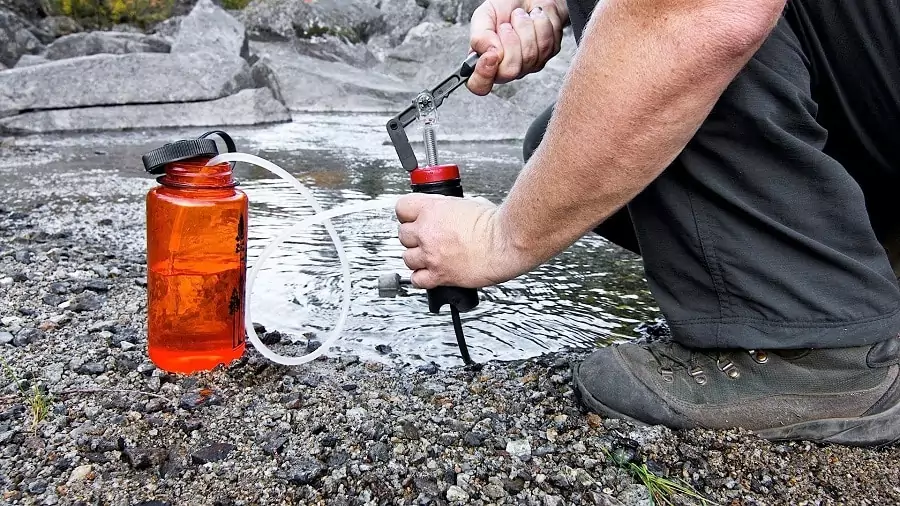
Filtration is distinguished from reverse osmosis and distillation, which are two processes for obtaining clean water that are generally more involved, and frequently used to purify seawater.
In the case of portable filtration devices, you need to insert the water manually and let it run through using, for instance, a drip or pump system. Non-portable filtration systems, however, are generally built-in and do not require additional effort on the part of the user or household. The main types are explained below.
- Portable filtration systems: Two of the main types of portable water filtration systems are drip filters and pump filters. Filter straws are another option and are most often used by campers or travelers.
Drip or gravity, filters utilize the natural force of gravity that ensures water will drip downwards, in this case through some chamber that contains porous layers designed to draw out impurities. Pump filters require some sort of action (that can be mechanical, or powered externally) to achieve the same effect. - Non-Portable filtration systems: According to the CDC, there are two main types of household water treatment systems – point-of-entry and point-of-use.
Point-of-use systems treat water “in batches and deliver water to a tap”; point-of-entry systems are installed to ensure that water is treated as it enters the house. These filtration systems are easy to use once installed. Simply turn on the tap, and enjoy the benefits of purified water! - DIY filtration systems: Any porous material – such as a towel, cheesecloth, or coffee filter – can be used to strain out impurities. In an absolute emergency, even natural materials, such as tree bark or sand, can be utilized. These methods should, however, be combined with other strategies, and only used if no other options are available.
A key limitation of some mechanical filtration systems, particularly smaller portable ones, is that they do not always have the physical capability of removing the smallest disease-causing microbes, such as viruses and bacteria, that can contaminate water.
If the water is of questionable safety and there is any doubt, combine simple filtration with an additional purification method, such as boiling or a chemical treatment. Our article on how to use bleach to purify water can be another option, so check out this must-read piece.
But, on the other hand, if the water source is fairly clean, to begin with – such as tap water – and generally considered safe, then even a simple carbon filter (such as a pitcher with replaceable cartridges) could be beneficial for improving the overall taste, or drawing out residual toxins that would not be removed through other means, such as UV or chemical treatments.
See our article on the top survival straw filters to help you decide what to bring in your next camping trip.
Using Chemical Methods to Purify Water
Common chemical water treatments include iodine, chlorine, and chlorine dioxide. These are available in tablet or liquid form, and can be found at most camping or outdoor supply stores. Be sure to read the instructions, as you will need to carefully measure out the amount of water needed per tablet (or drops in the case of a liquid treatment).
Also, be aware of potential sensitivities, and keep in mind that these treatments may not always be suitable for long-term use. Although chemical treatments should be used cautiously and may leave your drinking water with a bitter taste (iodine especially), they are often quite effective.
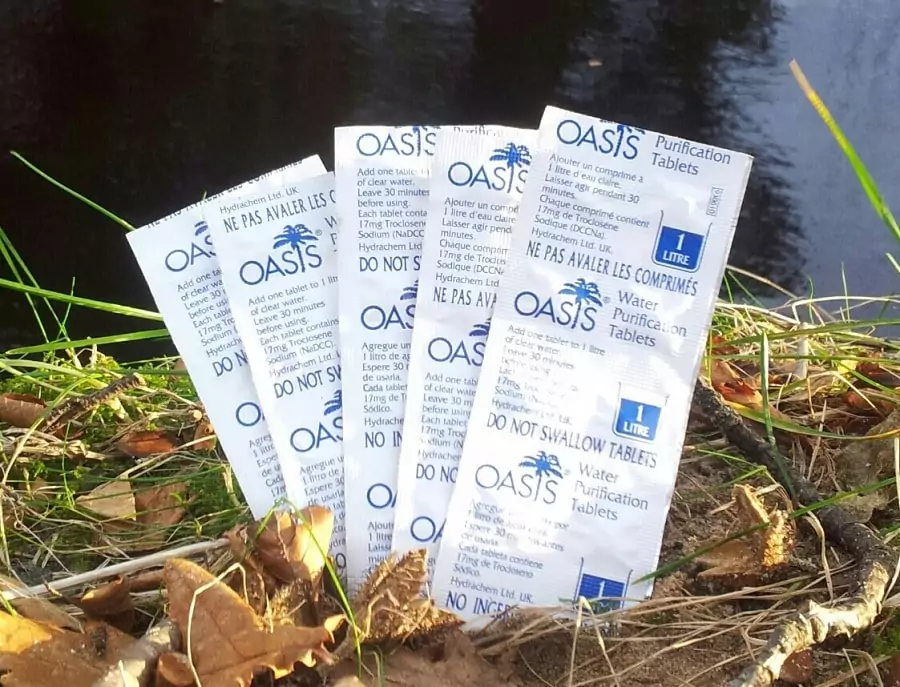
In emergency situations, liquid household bleach can also be used. Again, be sure to dose carefully!
This method of water purification is quite useful for travel, particularly in places where the tap water may not have been adequately treated chemically. If you are camping in the backwoods and do not have access to bottled water, you may also find chemical treatments a good supplement to mechanical filtration systems.
Tablets are portable and take up very little room in a suitcase or backpack. A supply of tablets or drops should, in addition, be added to your home emergency preparedness kit. Check out our article on the best water purification tablets to keep your drinking water safe to drink.
Using UV Light to Purify Water
Using ultraviolet (UV) light is another common – and highly effective – way you can use to disinfect and purify water. This method kills or neutralizes dangerous microorganisms and parasites – such as viruses, bacteria, and cysts – by destroying their key cellular functions, rendering them harmless.
UV purification systems come in several forms and, like filtration systems may be portable or installed in water treatment tanks as part of a household system. Small UV wands can efficiently be used on-the-go, and require very little space. Simply insert the UV wand into your container of water, turn the device on, and wait for the specified amount of time.
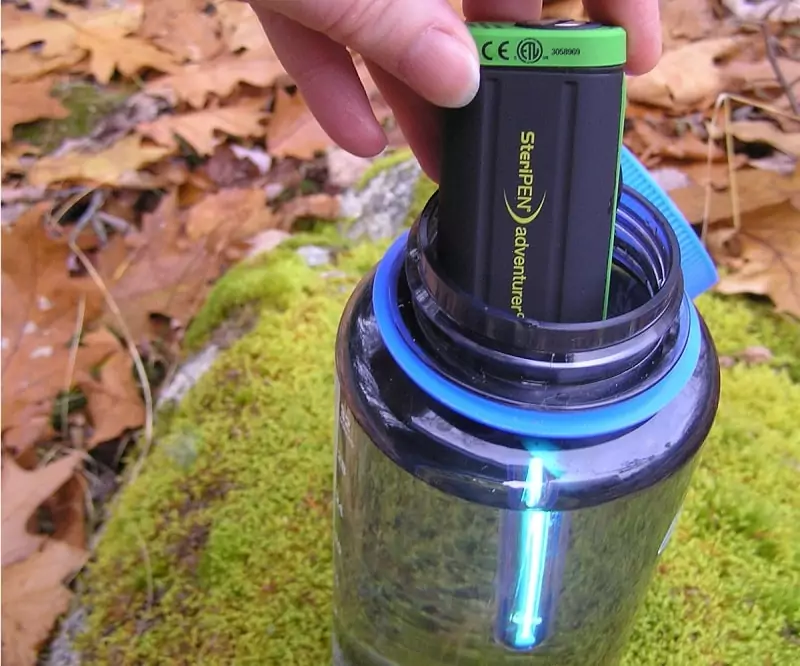
A major advantage of this technique is that it does not rely on chemical additives, making it very safe. UV light does not, however, remove impurities, such as sediment or non-biological toxins, from the water. It is also worth noting that the effectiveness of UV light for disinfection is related to the clarity of the water.
This method may be significantly less effective if the water is cloudy. In an emergency, solar radiation can also be used to disinfect water; however, this process is time-consuming, and water must be left in direct sunlight for at least six hours.
Combining Water Purification Methods
In many cases, it is advisable to combine purification methods in order to ensure that water is clean and safe. Many of the techniques mentioned above can be combined. For example, certain intestinal parasites may resist chemical treatments, which kill bacteria and viruses.
NSF International, therefore, recommends using chemical treatments together with boiling. But, boiling does not remove particulate matter or chemical impurities, such as potentially toxic heavy metals. It simply depends on the case at hand. See our piece on how boiling water can make your water clean and potable.
What Have We Learned?
This article has gone over some of the main ways you can use to purify water, including filtration, chemical treatments, and UV treatments. Depending on the specific circumstances – whether you are camping or simply want to improve the taste of your tap water at home – it may be advisable to combine one or several of these water purifying techniques.
One of the simplest – but most effective and time-tested – ways to kill disease-causing microbes is to boil water.
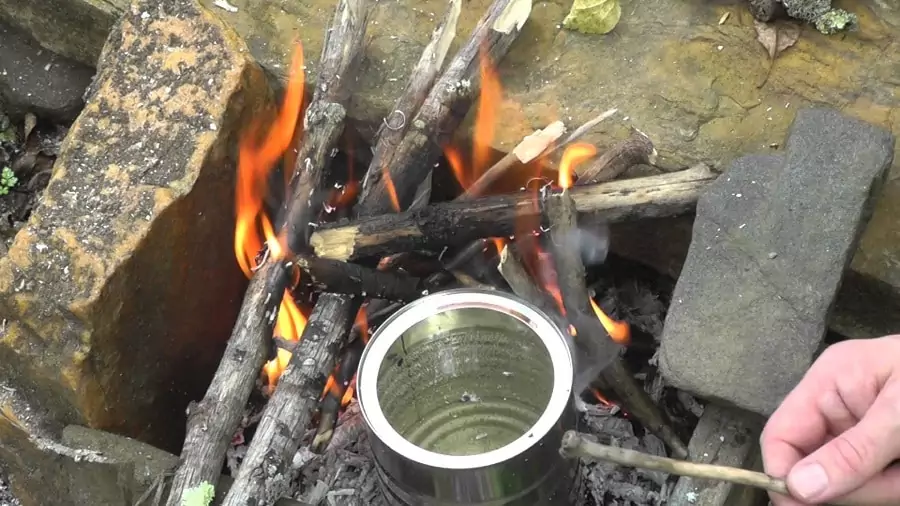
Boiling water for at least one minute (three minutes at altitudes above 1,000 meters), at a full rolling boil, is one of the most effective ways to kill waterborne pathogens, according to the EPA.
If some other technique is used, but there is any doubt, don’t hesitate to also boil your water! Considering all the ways water can be contaminated, it’s always better to be safe than sorry when it comes to water treatment.
We hope that you found our article useful and if you have any questions or feel like sharing some of your water purification experience with us and our readers, feel free to leave a comment or a question in our comments section below.

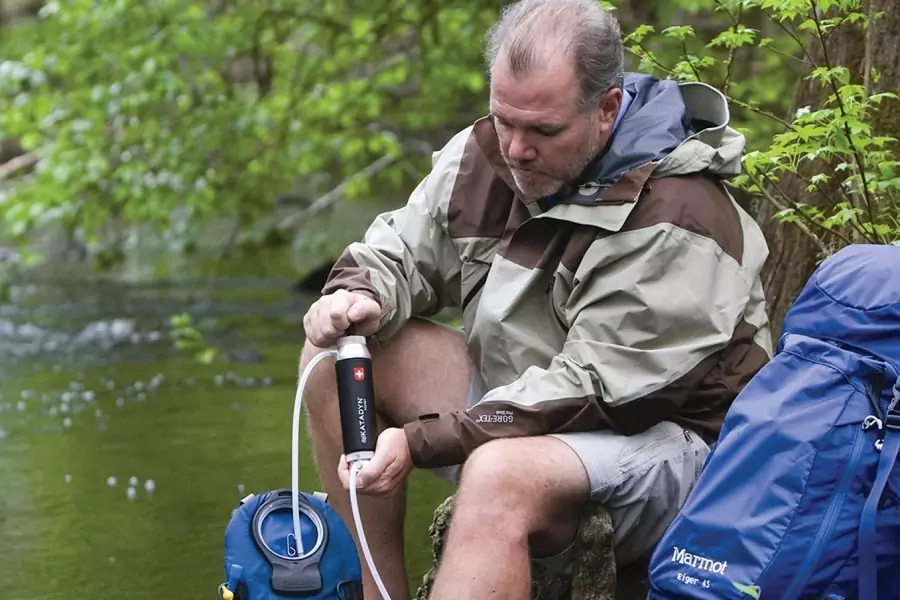
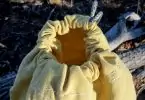


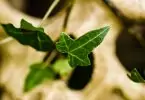
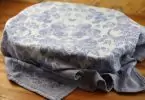

We always have extra supplies for our backpacks! These are nice to have around in case of a water shortage, or during a camping trip when you may need to drink lake water. Great for an emergency! Comes in very handy for hiking as well so you are out of worry about how to drink clean water.
I remembered my uncle teaching us when were still in our teens how to prepare for any emergencies. He taught us how to purify water and practice a lot in our free time. Looking back now, I’m glad that I was able to get some useful tips from him.
Thank you for sharing. We all know how important it is to take clean water and how challenging it might get to find it when out camping. It is good to know the different ways I can purify my water while out in the wildness. Thank you for the tips.
Stay safe Grace and I’m glad that the article has helped you tremendously. It always pay to be prepared so learn basic survival skills including how to purify water. You’ll be happy you did. 🙂